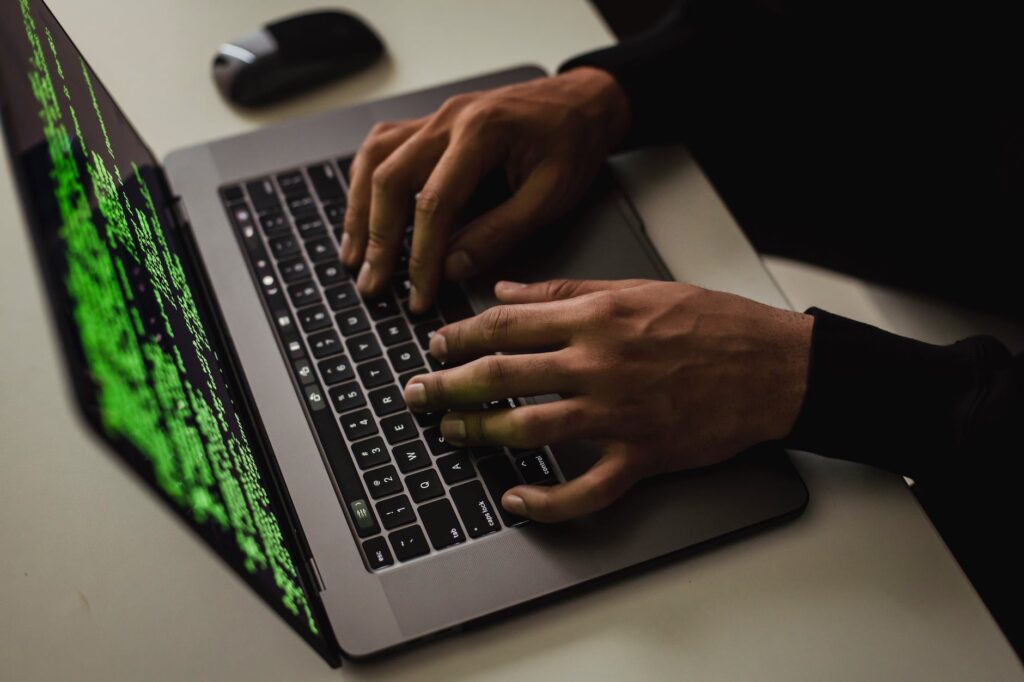Malware: Understanding the Types, Risks, and Prevention Strategies
Malware, short for malicious software, refers to any software designed to cause harm to a computer system, network, or device. Malware can take many forms, including viruses, worms, Trojans, ransomware, and spyware. In this article, we will explore the types of malware, the risks they pose, and the prevention strategies that can help safeguard your devices and networks.
Types of Malware
- Viruses: A virus is a type of malware that infects a computer system by attaching itself to a legitimate program or file. Once the virus is activated, it can replicate itself and spread to other files, causing damage to the system.
- Worms: Worms are self-replicating malware that can spread from computer to computer over a network. Worms can consume system resources and cause network congestion, leading to system crashes and data loss.
- Trojans: Trojans are malware disguised as legitimate software. They can be used to gain unauthorized access to a computer system, steal data, or launch a denial-of-service attack.
- Ransomware: Ransomware is a type of malware that encrypts data on a computer system, making it inaccessible to the user. The attacker then demands a ransom payment in exchange for the decryption key.
- Spyware: Spyware is malware designed to collect personal information from a user’s computer system, including keystrokes, browsing history, and passwords. This information can be used for identity theft, financial fraud, and other malicious activities.
Risks of Malware
Malware poses significant risks to individuals and organizations. These risks can include:
- Data Loss: Malware can cause data loss by corrupting or deleting files, making them inaccessible to the user.
- Identity Theft: Malware can be used to steal personal information, such as passwords, social security numbers, and credit card numbers. This information can be used for identity theft and financial fraud.
- Financial Loss: Malware can be used to steal money from bank accounts or to launch fraudulent transactions using stolen credit card information.
- System Damage: Malware can cause damage to computer systems, including hardware damage and system crashes, leading to costly repairs and downtime.
- Reputation Damage: Malware can cause reputation damage to businesses and organizations, leading to loss of customer trust and revenue.
Prevention Strategies
Preventing malware requires a multi-layered approach that includes both technical and non-technical measures. Here are some of the most effective prevention strategies:
- Install Anti-Malware Software: Anti-malware software, such as antivirus and anti-spyware programs, can help detect and remove malware from your computer system. It is important to keep these programs up-to-date with the latest definitions and patches to ensure they are effective.
- Keep Software Up-to-Date: Keeping software up-to-date with the latest patches and security updates can help prevent malware infections. This includes operating systems, web browsers, and other software programs.
- Use Strong Passwords: Using strong passwords that are difficult to guess can help prevent unauthorized access to your computer system and networks.
- Be Careful When Clicking Links: Malware can be spread through phishing emails and malicious websites. Be cautious when clicking links and downloading files from unknown sources.
- Use a Firewall: Firewalls can help prevent unauthorized access to your computer system and networks. They can also help block malware and other malicious traffic.
- Educate Employees: Educating employees about malware prevention best practices can help reduce the risk of malware infections. This can include training on how to recognize phishing emails, how to properly use antivirus software, and how to keep software up-to-date.
Conclusion
Malware is a serious threat to individuals and organizations. It can cause significant financial and reputational damage, as well as the loss of valuable data and personal information. Preventing malware infections requires a combination of technical and non-technical measures, including the use of anti-malware software, keeping software up-to-date, using strong passwords, being cautious when clicking links, using a firewall, and educating employees about malware prevention best practices. By implementing these prevention strategies, individuals and organizations can help safeguard their devices and networks against the risks posed by malware.
It is also important to note that even with the best prevention strategies in place, it is still possible to become infected with malware. In such cases, it is important to have an incident response plan in place that outlines steps for containing the malware infection, restoring data, and minimizing the damage caused by the infection. An incident response plan should include clear communication channels, roles and responsibilities, and recovery procedures.
In conclusion, malware is a serious threat that can cause significant damage to individuals and organizations. Understanding the types of malware and the risks they pose is an important step in preventing malware infections. By implementing effective prevention strategies and having an incident response plan in place, individuals and organizations can help minimize the damage caused by malware infections and ensure the security of their devices and networks.

